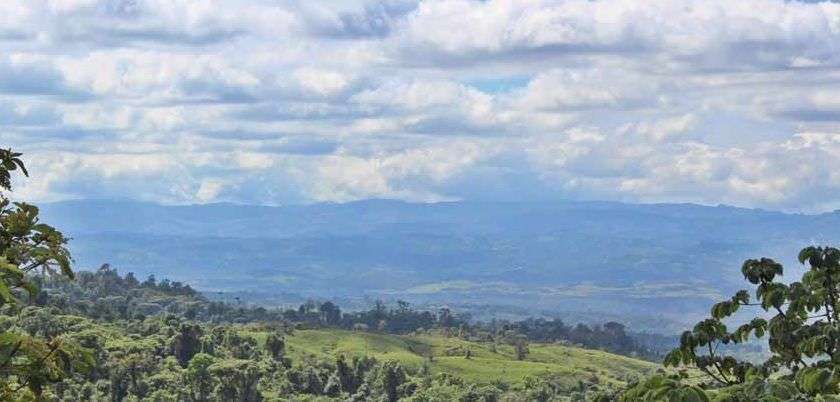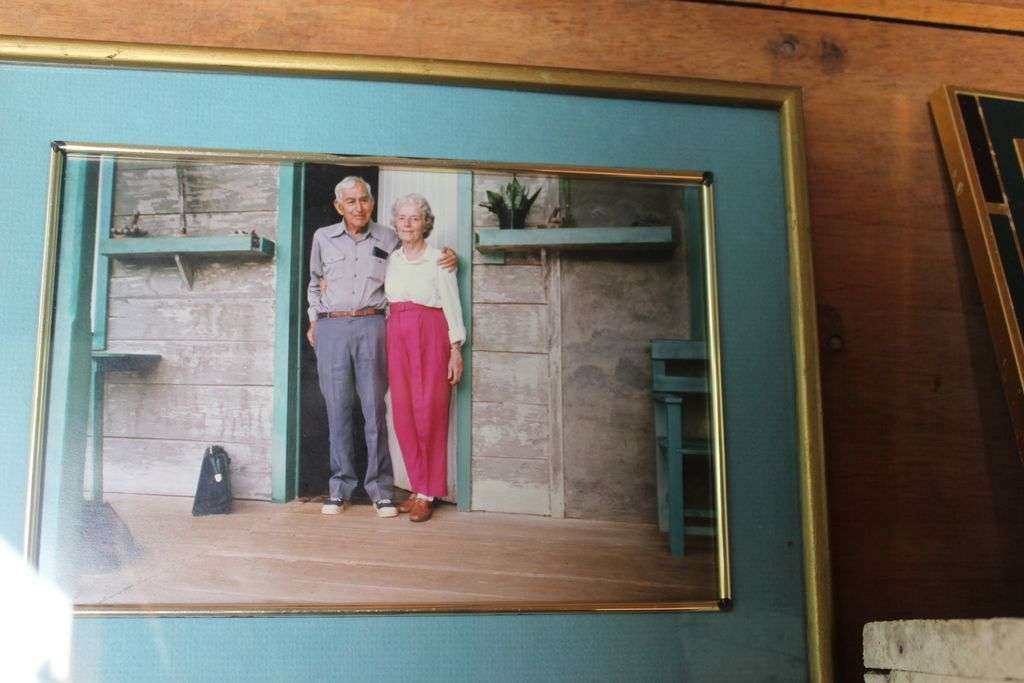
The Poisonous Granular Frog
AUTHOR: Josue Alberto Vargas Montoya (14 years of age)
The spectacular family of poisonous frogs (Dendrobatidae) surprises with its beautiful and colorful and lethal frogs. In Costa Rica, we have eight species of poisonous frogs. Those of the genus "Silverstoneia" and "Allobates" are not harmful.
The genus "Oophaga" is famous for its "pants," and the only two species of Oophaga of Costa Rica (O. Pumilio and O. Granulifera) are those that present pants.
The Granular Poisonous Frog (Oophaga Granulifera) is endemic to the Central Pacific and southern Costa Rica and part of Panama. It can be located near gorges in the woods.
In Costa Ballena, you can find the Red morpho with its green pants and his back "Granular," hence its name.
After Hacienda Barú towards the Central Pacific, its main red color changes to Orange for the Matapalo sector, yellow in Portalón, and finally an olive green in San Rafael, Quepos always with its green and sometimes light blue pants.
These frogs are in danger due to the loss of their habitat. It is also exploited by smugglers to sell them as Terrarium pets.
Its venom is neurotoxic and very dangerous. It is not recommended to manipulate animals in freedom, especially the beautiful multicolored frogs.
The dangerous thing would be for the poison to reach a wound, or you would suck it.
Indigenous peoples used the poison of these frogs for hunting, smearing the poison on their arrows. That is why some of them are called "arrowhead frogs or dart frogs" in general (phyllobates).
Granular poisonous frogs are well distributed in Costa Ballena. It is a great attraction for tourists and so of interest for tour guides. Costa Ballena is one of the main places to see the Red Morpho, one of the granular venomous frogs.
They are diurnal, and males are heard singing to attract females to reproduce. The female lays her eggs in leaf ponds in the forest. As the hours pass, the eggs become tadpoles waiting for their father to place them in a bromeliad where they will be safe.
The mother feeds them with infertile eggs until they grow and can find food on their own.

The Talamanca Range: a wall and a protective sanctuary
~ by Luis Gutiérrez Galera Christened with a Spanish name, the Talamanca Range was praised as a highly religious site by Costa Rican indigenous people such as the Bribri and Cabécar, who had lived there for a […]
The Golden Tennis Ball
The Silky Anteater, the golden tennis ball at Hacienda Baru By Jack Ewing Photos by Jack Ewing We started a list of species for Hacienda Barú and the surrounding areas in 1987. By 1994, all […]

Alexander Skutch, birds and much more
~ by Susana GarcíaAlexander Skutch was the most famous Neotropical ornithologist of the 20th century. After traveling to many Central and South American countries, he settled on a farm in Santa Elena de General that he called Los Cusingos. Here […]

Interview with a Biologist Specialized in Birds
~ by Dagmar ReinhardWhat’s your occupation, Susana? — “I’m a biologist specialized in zoology.” Are you a specialist in birds? — “Yes. I carry out censuses and monitoring; I develop workshops for specialized guides and others for the public, and […]
Chamber of Tourism Meeting
~ by Dagmar Reinhard In February, the 49th Business Meeting, organized by CATUOSA (Osa Chamber of Tourism) and chaired by Mr. Luis Centeno, was held at the PZ Country Club Hotel in San Isidro. Right in the heart of Pérez Zeledón […]
Duo Aurélie Riant & Anthony Gómez
~ by Dagmar Reinhard Aurélie is a young girl from Nova Scotia (Canada) with a remarkable voice. She received her first classical singing lessons when she was eight years old, followed by guitar and keyboard classes. When she […]
What to do, Where to eat and Where to stay…
- Activities and Tours
- Whale Watching Tour
- Natural Attractions
- Marino Ballena National Park
- Restaurants
- Hotels and Accommodations
Looking for business directories, maps or other printouts? We’ve got that too!
- Tide Charts
- Bus Schedules
- Dominical Business Directory
- Uvita Business Directory
- Costa Ballena Map
- Dominical map
- Uvita map
- Ojochal map
South Pacific Costa Rica Beaches
Dare to Discover and Enjoy…
Check out…
Need help planning your next trip? Let us help you with your Costa Rica vacations!
Email: carlos@ballenatales.com
Phone: +(506) 8946 7134 or +(506) 8914 1568
